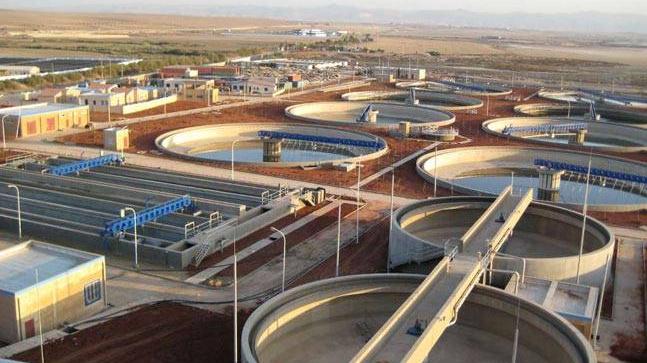Microbes in Sewage Treatment
Wastewater Composition:
- Large quantities generated daily in cities contain human excreta, termed sewage.
- Abundance of organic matter and pathogenic microbes in sewage.
Treatment Process:
Primary Treatment:
- Physical removal of particles through filtration and sedimentation.
- Sequential filtration eliminates floating debris; sedimentation removes grit.
- Primary sludge settles, forming solids; supernatant becomes effluent for secondary treatment.
Secondary Treatment (Biological Treatment):
- Effluent from primary treatment enters aeration tanks.
- Constant mechanical agitation and air infusion promote the growth of aerobic microbes into flocs.
- Microbes consume organic matter, reducing Biochemical Oxygen Demand (BOD).
- BOD test measures the oxygen uptake by microorganisms, indicating organic matter presence.
- Effluent treated until BOD significantly reduced.
Activated Sludge Sedimentation:
- Effluent passes to settling tank, bacterial flocs allowed to sediment.
- Sediment, called activated sludge, partly returns as inoculum to aeration tank.
- Major sludge portion transferred to anaerobic sludge digesters.
Anaerobic Sludge Digestion:
- Anaerobic bacteria digest sludge, producing methane, hydrogen sulfide, and carbon dioxide.
- Gases form biogas, usable as an inflammable energy source.
Effluent Discharge:
- Treated effluent released into natural water bodies like rivers and streams.
Despite the growth, sewage treatment plant capacity hasn’t matched the rising demand, resulting in the discharge of untreated sewage into rivers, contributing to pollution and waterborne diseases.
Microbial Role in Global Wastewater Treatment:
- Microbes crucial in treating millions of gallons of wastewater globally.
- Established practice for over a century, unmatched by manmade technologies.
Urbanization Impact on Sewage Production:
- Increasing urbanization leads to larger quantities of sewage.
- Inadequate growth in sewage treatment plants, resulting in untreated sewage discharge.
Environmental Consequences:
- Untreated sewage discharged directly into rivers, causing pollution and waterborne diseases.
Government Initiatives – Ganga and Yamuna Action Plans:
- Ministry of Environment and Forests launches Ganga Action Plan and Yamuna Action Plan.
- Aims to build numerous sewage treatment plants.
- Objective: Discharge only treated sewage into rivers.


